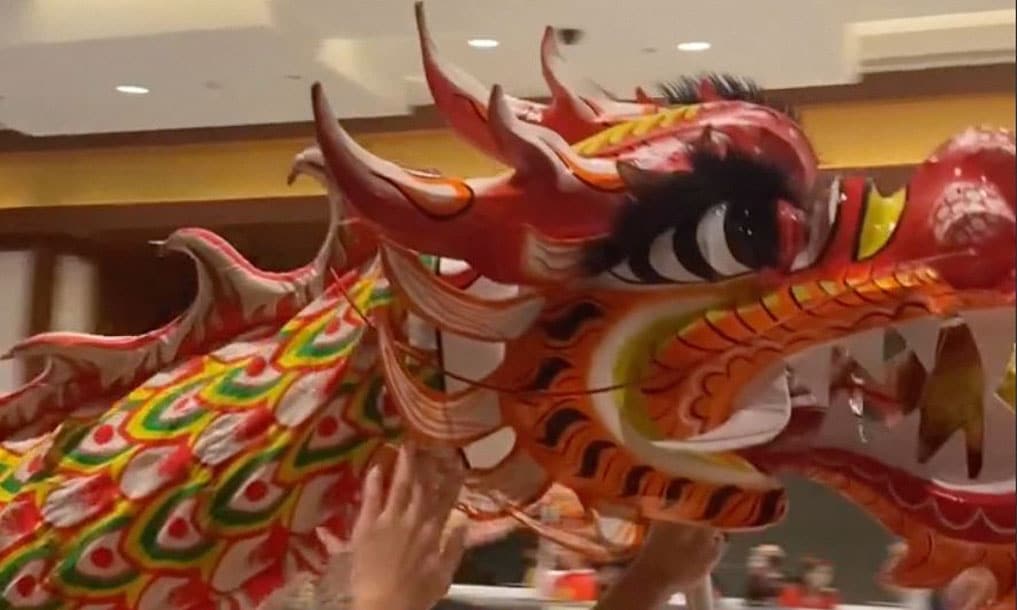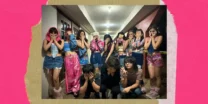AS everyone welcomed the Year of the Water Rabbit, dragons also played a big part in the celebrations.
The dragon dance has always been a staple in lunar new year festivities. And with the spread of Chinese communities and culture throughout the world, the sight of a group of people dancing under a colorful dragon costume has become well-known to many.
Also a familiar sight are lion dancers. Just like dragon dancers, they don colorful garb symbolizing the animal.
The difference is the lion dance can be performed by two people, while the dragon dance requires nine people.
How it started
Aga Bautista, one of the millennial dragon dance coaches from Ling Nam Athletics Federation, shared his knowledge about the history of the dances with republicasia.
According to Bautista, the dragon is believed to be the highest form of mythical beast in Chinese culture. The lion is just a subordinate.
But both are believed to “drive away bad spirits and at the same time give good fortune,” he said.
This is why it is performed during festive Chinese celebrations, such as the Lunar New Year and the Mid-Autumn Fetival.
Meaningful costumes
There is also an underlying meaning behind the colors of the costumes of the dragons and lions, he said.
The colors are derived from three emperors:
- Liu Bei: yellow face, white beard, red and yellow tail
- Gwan Yu: red face, black beard, red and black tail
- Zhang Fei: black face and beard, black and white tail
Apart from the colors, the dance steps of the dragon and lion are also meant to have meaning, said Bautista.
Each dance step of the lion or dragon relays a message or emotion, he said.
When the lion raises and then shakes its head, it means it is happy. If it is moving in a square pattern, then it means it is showing curiosity, he said.
The performers also sometimes use props, and these are significant as well. These could represent trials or difficulties like climbing the mountains, he said.
Bautista said, the main story that the dragon dancers are trying to show is how the dragon would undergo trials before getting his reward or the “tsai,” which means vegetable.
“‘Yun ang pinapakita niya, yung trials, how you climb the mountains. Ano mga kinakaharap mo bago mo makuha yung green,” he said.
Banner courtesy: Joyce Vannesa Ng








